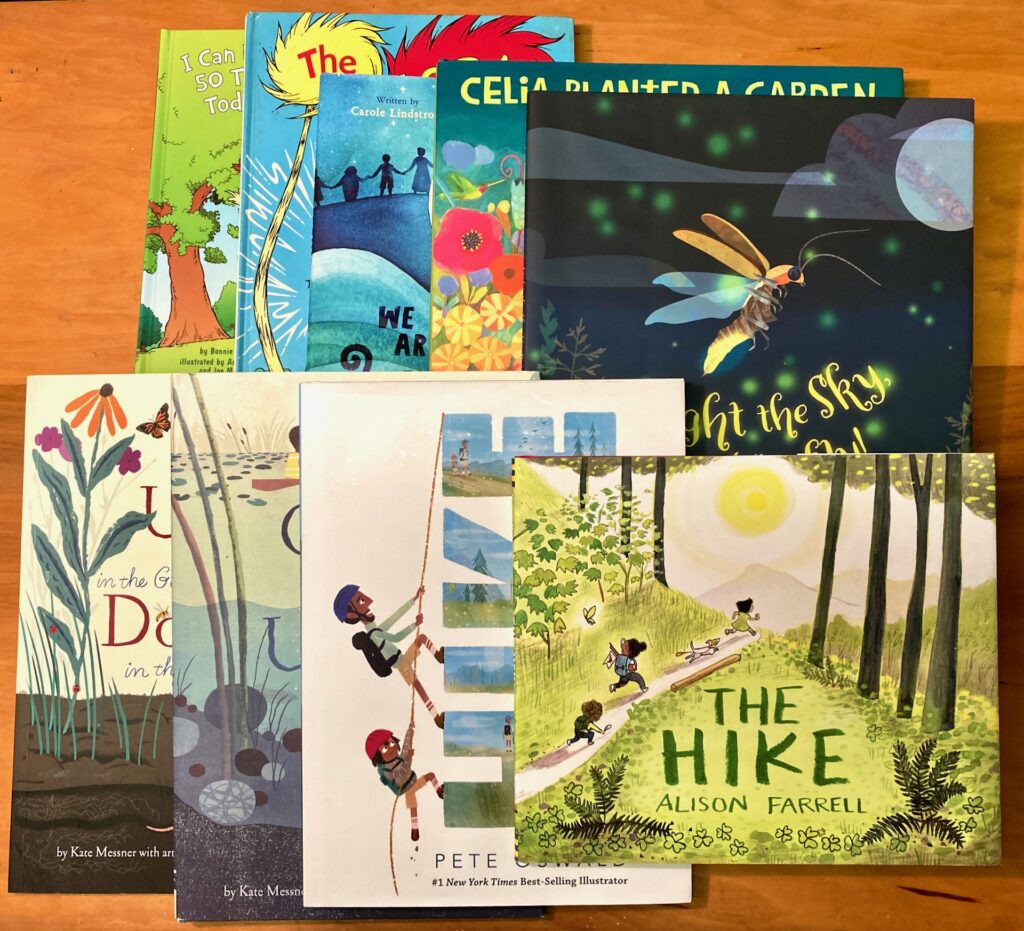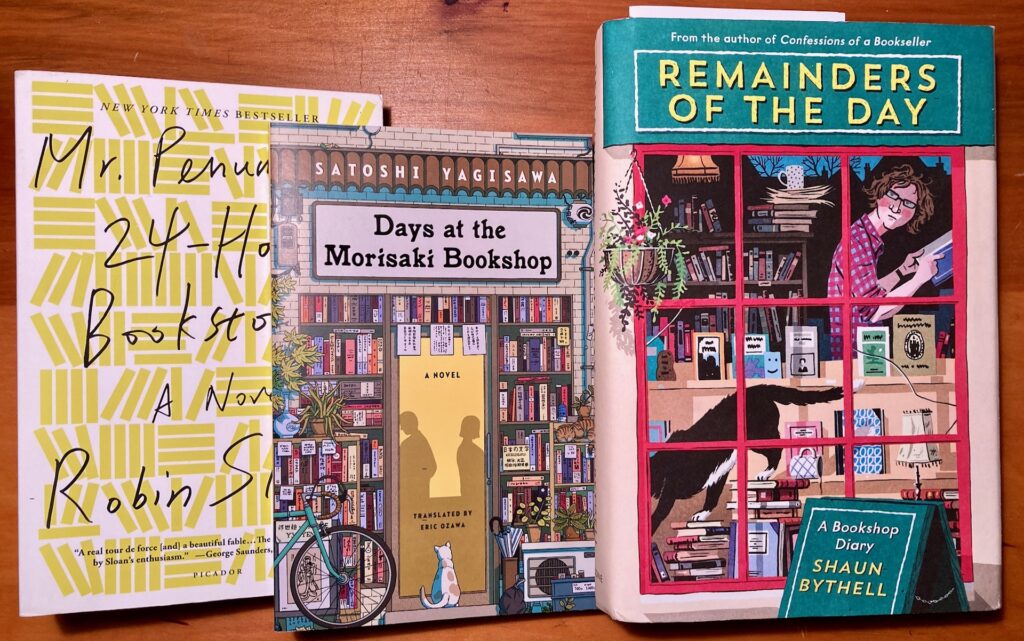“…The term ‘postmodern’ had been used sporadically by process [theology] thinkers since the 1960s. The later French movement that gave ‘postmodernism’ wide currency reinforced many Whiteheadean criticisms of modernity, but it concluded on a ‘deconstructive’ note. Whiteheadians [and other process thinkers] joined with other constructive critics of modernity in emphasizing reconstruction.” — John B. Cobb, Jr., “Process Theology,” in The Routledge Companion to Philosophy of Religion (Routledge, 2007), p. 561.
Unitarian Universalists are in the direct lineage of process thought, through the contributions of thinkers like Charles Hartshorne and Bernard Loomer, both of whom were members of Unitarian Universalist congregations. And for many years, our thinking emphasized the reconstructive aspects of postmodernity. More recently, though, I’ve been feeling that we Unitarian Universalists (and I include myself in this critique) have been following the French postmodernists by emphasizing the deconstructive aspects of postmodernity. This is due, I think, to our adoption of liberal political discourse, which currently emphasizes deconstruction over reconstruction — liberal politics tends to default towards breaking down stereotypes and attacking the sacred cows of the existing social order, as opposed to trying to construct a better social order. We who ally ourselves with liberal politics know what we are against, but we sometimes find it difficult to articulate what we are for.
Speaking for myself, to get out of reactive deconstruction, it’s been helpful to think about process thought. But the process thought of Hartshorne, Loomer, et al., seems a little dated these days. Maybe for us Unitarian Universalists, the work that Dan McKanan is doing around ecospirituality is one way to be reconstructive rather than deconstructive. Although, finding myself still in a deconstructive mode, I can’t help but keep looking for someone who isn’t a Western white male….




